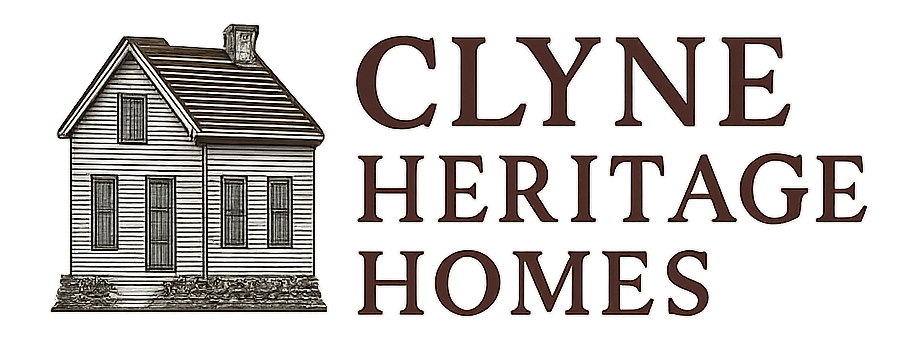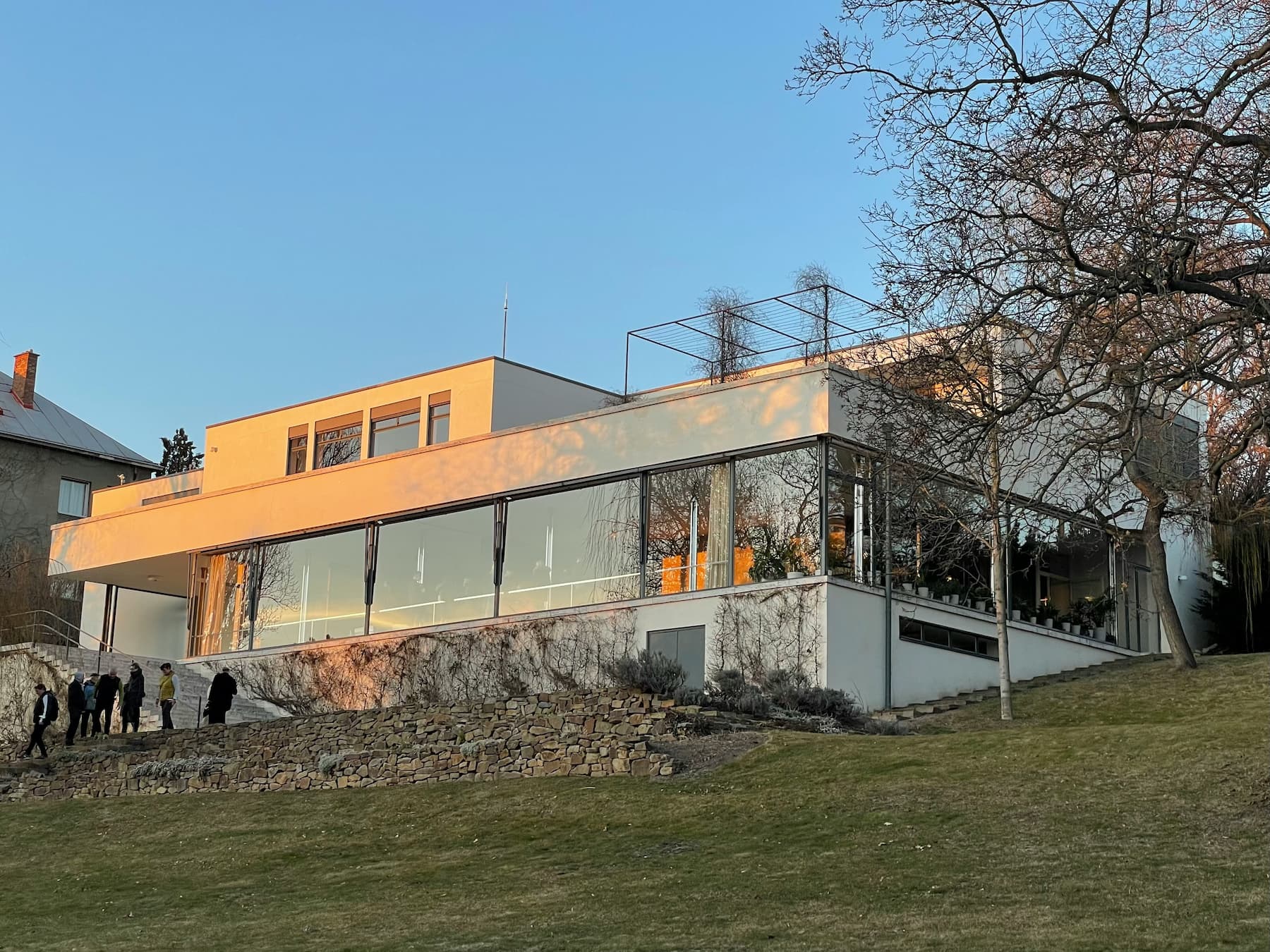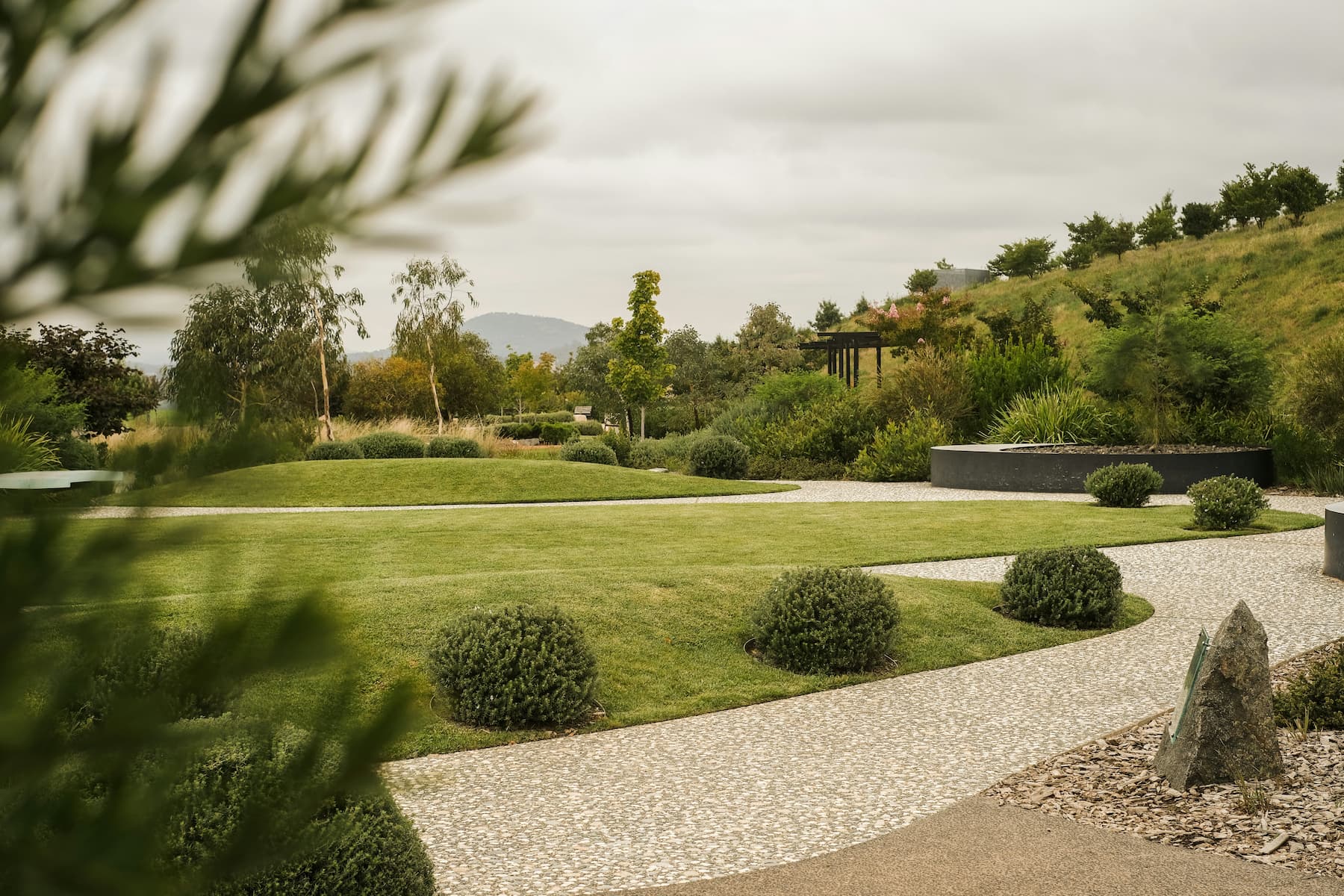One of the most exciting challenges of owning a mid-century heritage home is striking the perfect balance between preserving its architectural integrity and creating a space that works for contemporary living. The most successful interiors don’t freeze these homes in a time capsule but instead thoughtfully blend original elements with carefully selected modern pieces.
At Clyne Heritage Homes, we’ve toured hundreds of beautifully restored mid-century properties, and the most memorable spaces invariably master this delicate dance between past and present. Let’s explore the design principles that allow for this harmonious integration, creating interiors that honor architectural heritage while embracing modern life.
Understanding Authentic Mid-Century Design Philosophy
To successfully blend old and new, it helps to understand that mid-century design was itself forward-looking and innovative. Unlike more traditional architectural styles that referenced historical precedents, mid-century modernism embraced new materials, technologies, and ways of living.
This inherent progressiveness gives us permission to continue the evolution these architects began—not by erasing their work, but by building thoughtfully upon it. As Florence Knoll, one of the pioneering designers of the period, stated: “Good design is good design, regardless of when it was created.”
Core Principles for Harmonious Integration
1. Respect the Architectural Envelope
The most successful mixed-era interiors begin by honoring the fundamental architectural features that define the home:
Preserve Signature Elements
- Original wood paneling
- Distinctive ceiling treatments
- Built-in furniture and shelving
- Floor-to-ceiling windows
- Terrazzo or original wood flooring
These elements create the authentic “container” within which contemporary additions can exist without overwhelming the home’s character.
The Johnson residence in Portland provides an excellent example. The owners maintained the home’s dramatic cedar-clad ceiling and original terrazzo floors while introducing contemporary furnishings. “We think of the architecture as the permanent canvas,” explains homeowner Sarah Johnson. “Everything else can evolve while respecting that foundation.”
2. Prioritize Clean Lines and Thoughtful Proportions
Mid-century modernism is characterized by clean geometries and careful proportions. When selecting new pieces to introduce:
- Choose items with simple, uncluttered lines
- Pay attention to scale—oversized contemporary pieces can overwhelm mid-century spaces
- Look for furniture that sits on visible legs rather than directly on the floor (a hallmark of mid-century design)
- Emphasize horizontal lines to complement the typical proportions of these homes
Designer Michael Chen, who specializes in heritage home interiors, notes: “The best contemporary additions echo the proportional language of mid-century design without mimicking it exactly. We’re looking for resonance, not replication.”
3. Find Material Harmony Through Thoughtful Contrast
Creating dialogue between vintage and modern elements often comes down to thoughtful material selection:
Complementary Materials Approach
- Pair original wood paneling with contemporary pieces in compatible but distinct woods
- Echo the warmth of vintage materials in new elements through texture and tone
- Use modern materials that were unavailable in the mid-century period (engineered quartz, composite materials) in ways that respect the home’s visual language
Strategic Contrast Approach
- Introduce carefully chosen contemporary materials that create intentional contrast
- Use modern lighting as sculptural elements against original backgrounds
- Create moments of surprise with unexpected contemporary interventions
The Taylor home in Austin demonstrates this beautifully by maintaining original mahogany paneling while introducing clean white cabinetry and subtle gray concrete countertops in the kitchen. “We wanted materials that would recede and let the original wood be the star,” explains homeowner David Taylor. “The contrast makes both elements stronger.”
4. Connect Through Color Theory
Color provides one of the most effective bridges between mid-century and contemporary elements:
Period-Inspired Color Strategies
- Draw from authentic mid-century palettes to inform contemporary additions
- Use color to visually connect original features with new interventions
- Employ period-appropriate accent colors to unite disparate elements
Contemporary Interpretations
- Update mid-century color schemes with subtle modern variations
- Use more restrained backgrounds to highlight both vintage and contemporary focal points
- Create color stories that flow throughout the home, connecting different eras of furnishings
Interior designer Elena Martinez suggests: “Pull a secondary color from an original element—perhaps a subtle tone in the terrazzo floor—and use that as a primary color on a contemporary piece. This creates a visual conversation between eras.”
Room-by-Room Integration Strategies
Living Areas: The Public Statement
Living spaces often contain the most significant architectural features and serve as the public face of your design approach:
Successful Strategies:
- Anchor the space with one or two authentic mid-century statement pieces
- Choose contemporary seating with proportions that echo mid-century precedents
- Use modern textiles with textures or patterns that reference mid-century motifs
- Allow breathing room around architectural features rather than crowding them with furnishings
The Ellison family maintained their living room’s dramatic floor-to-ceiling windows and concrete hearth while introducing a contemporary sectional in a complementary scale. “We positioned the new furniture to emphasize the original architecture, not compete with it,” explains Rachel Ellison.
Kitchens: Balancing Function and Form
Kitchens present the greatest challenge in heritage homes, as original layouts rarely accommodate contemporary cooking styles and appliances:
Harmonious Approaches:
- Maintain original footprints when possible, but reconfigure interior cabinet spaces for modern needs
- Echo original materiality while updating for durability (quartz surfaces that reference original laminate patterns)
- Choose appliances with clean lines and minimal visual interruption
- Consider hiding contemporary appliances behind panels that match original cabinet styles
- Preserve distinctive features like pass-throughs and breakfast nooks while updating their functionality
Architect James Wilson, who specializes in sensitive kitchen updates, suggests: “Think about what would have excited the original architect—the technological innovations, the material advancements. They were forward-thinkers who would have embraced thoughtful evolution.”
Bathrooms: Respectful Renewal
Original bathrooms often feature distinctive tile colors and patterns that define their character, yet may require updates for functionality:
Integrated Solutions:
- Preserve and restore original tile when possible, particularly in one “showcase” bathroom
- In secondary bathrooms, consider modern interpretations of classic patterns
- Choose contemporary fixtures with simple, architectural forms
- Use modern materials in traditional formats (subway tile in updated proportions)
- Introduce contemporary storage solutions that maintain the bathroom’s original footprint
The Martinez residence preserved their distinctive pink and black tile bathroom while updating fixtures and adding minimal glass shower enclosures. “We embraced the bathroom’s retro personality but improved its functionality,” notes owner Luis Martinez.
Bedrooms: Personal Retreats
Private spaces offer opportunities for more personal expressions while maintaining architectural integrity:
Balanced Approaches:
- Allow built-in elements to define the space while adding contemporary comfort
- Choose platform or minimalist bed frames that echo mid-century proportions
- Use modern textiles to introduce current colors and patterns while respecting the room’s origins
- Consider contemporary lighting as functional sculpture
Designer Theresa Kim observes: “Bedrooms are where we often see the most successful blending because these spaces need to feel personal and current while still honoring the home’s character.”
Case Study: The Perfect Balance
The Nelson family’s 1958 Palmer & Krisel home in San Diego exemplifies successful integration of vintage and contemporary elements:
Original Elements Preserved:
- Distinctive butterfly roof with exposed beams
- Terrazzo flooring throughout main living areas
- Wood paneling in the primary bedroom
- Original footprint and room configuration
Contemporary Interventions:
- Carefully updated kitchen with period-appropriate cabinetry but modern appliances
- Contemporary lighting that acts as sculpture against original ceilings
- Modern furniture pieces that echo mid-century proportions without mimicking them
- Updated bathroom fixtures that maintain visual compatibility
“We think of our approach as a conversation between eras,” explains homeowner Michael Nelson. “The house speaks first, setting the tone and vocabulary, and our additions respond respectfully but honestly as products of our time.”
Common Pitfalls to Avoid
Even with the best intentions, several common mistakes can undermine the harmony between old and new:
The Theme Park Effect
Going too literally “mid-century” with every element creates interiors that feel like movie sets rather than living spaces. Avoid:
- Filling spaces exclusively with period pieces
- Choosing only replicas of famous mid-century designs
- Using too many bold patterns characteristic of the period
- Recreating spaces directly from vintage magazines
The Gutted Interior Syndrome
Conversely, preserving only the exterior shell while completely modernizing interiors loses the authentic character that makes these homes special:
- Removing all original interior features
- Installing contemporary elements that ignore the home’s proportions and materiality
- Creating open-concept spaces that erase intentional spatial progressions
- Using materials with no reference to the home’s original palette
The Confused Narrative
Without a clear design vision, mixing eras can create visual chaos:
- Combining too many different periods and styles
- Introducing elements with competing visual weight
- Using contemporary pieces that don’t relate to the home’s proportions
- Failing to create intentional connections between old and new elements
Creating Your Integration Philosophy
Before making specific design decisions, consider developing a personal philosophy for your approach to blending periods:
The Respectful Evolution Approach This philosophy sees your interventions as the next chapter in the home’s ongoing story—honoring what came before while adding your own thoughtful contribution.
The 80/20 Balance Maintain 80% of the original character while allowing 20% for contemporary interpretation. This provides room for personal expression while preserving the home’s essential identity.
The Dialogue Concept Create intentional “conversations” between original elements and contemporary additions, with each informing and enhancing the other.
Designer Mark Rodriguez suggests: “I always ask homeowners to articulate what they love most about their mid-century home. Those elements become non-negotiable anchors around which we can introduce contemporary functions and personal expression.”
Conclusion: Authentic Integration
The most successful heritage interiors neither freeze time nor erase history but instead create authentic harmony between periods. They acknowledge that these homes were never meant to be museums but living spaces that evolve with their inhabitants.
By understanding the fundamental design principles of mid-century modernism, you can introduce contemporary elements that enhance rather than diminish your home’s architectural integrity. The result isn’t compromise but enhancement—spaces that honor their origins while embracing the present.
As architect Charles Moore wisely noted, “Good buildings arise from the understanding of and knowing response to the circumstances of their making, not from the imposition of style.” The same might be said for interiors that successfully blend the best of different eras into a cohesive and harmonious whole.
Do you have questions about integrating contemporary elements into your heritage home? Share your specific challenges in the comments below, and we’ll offer personalized suggestions in an upcoming post.


